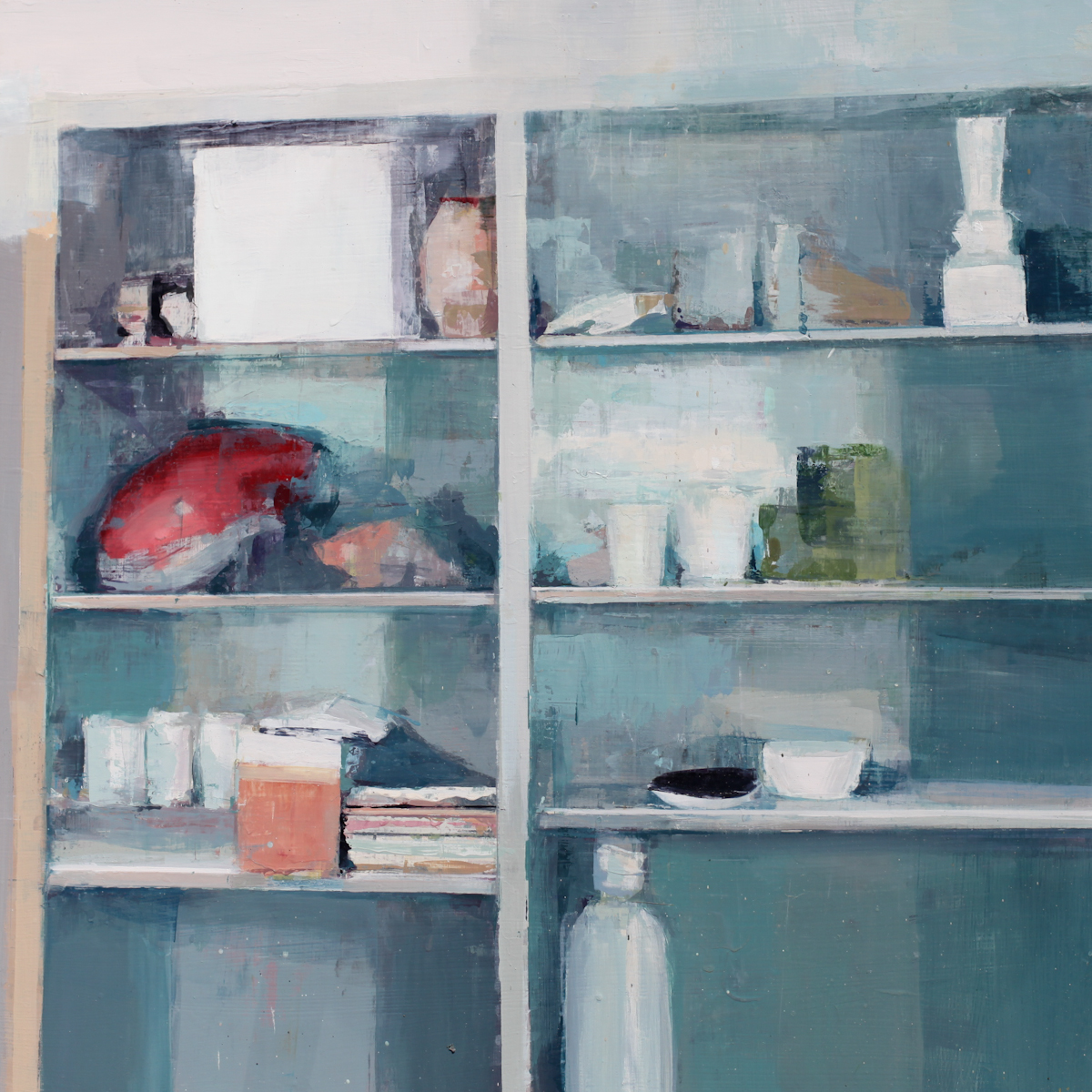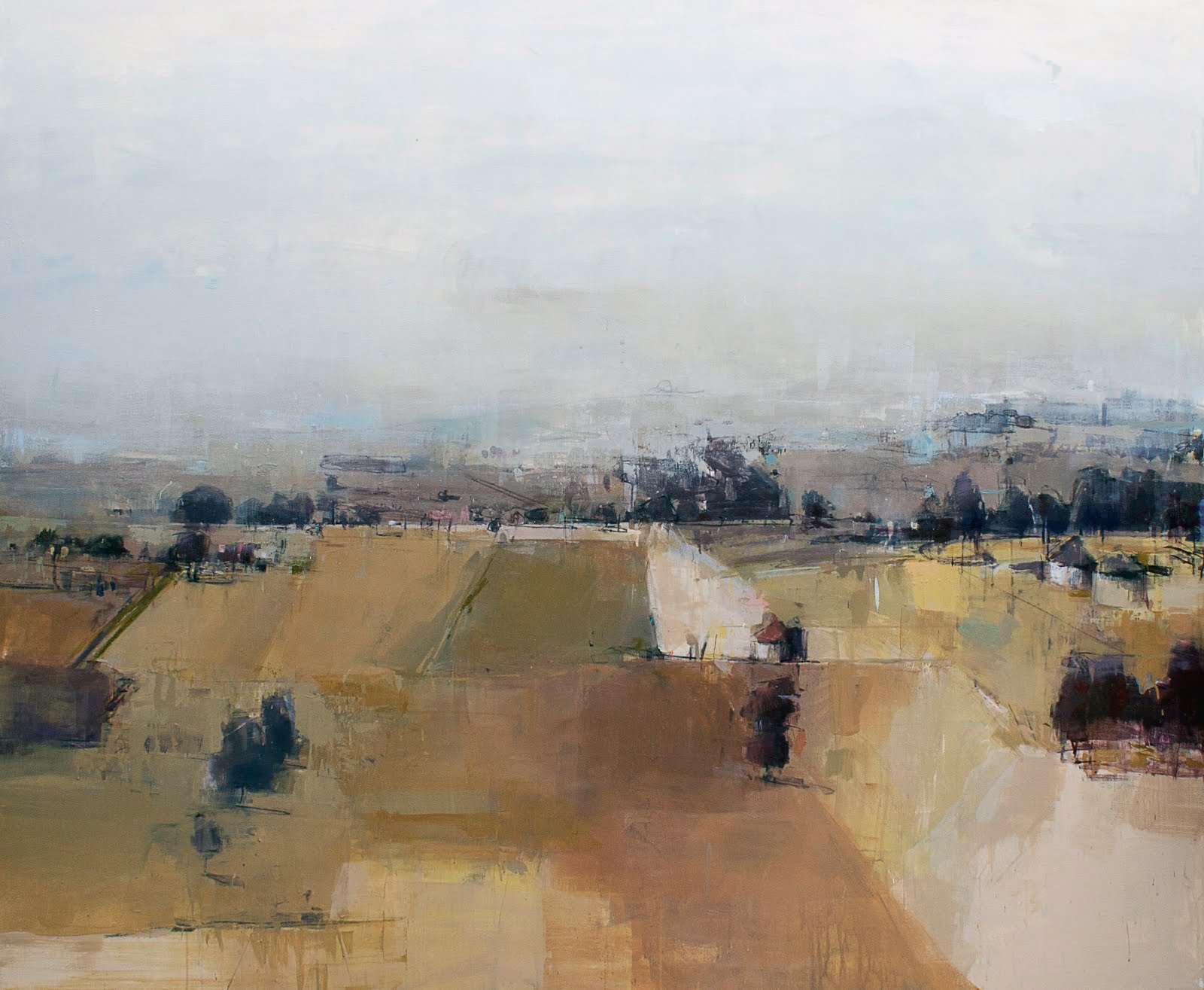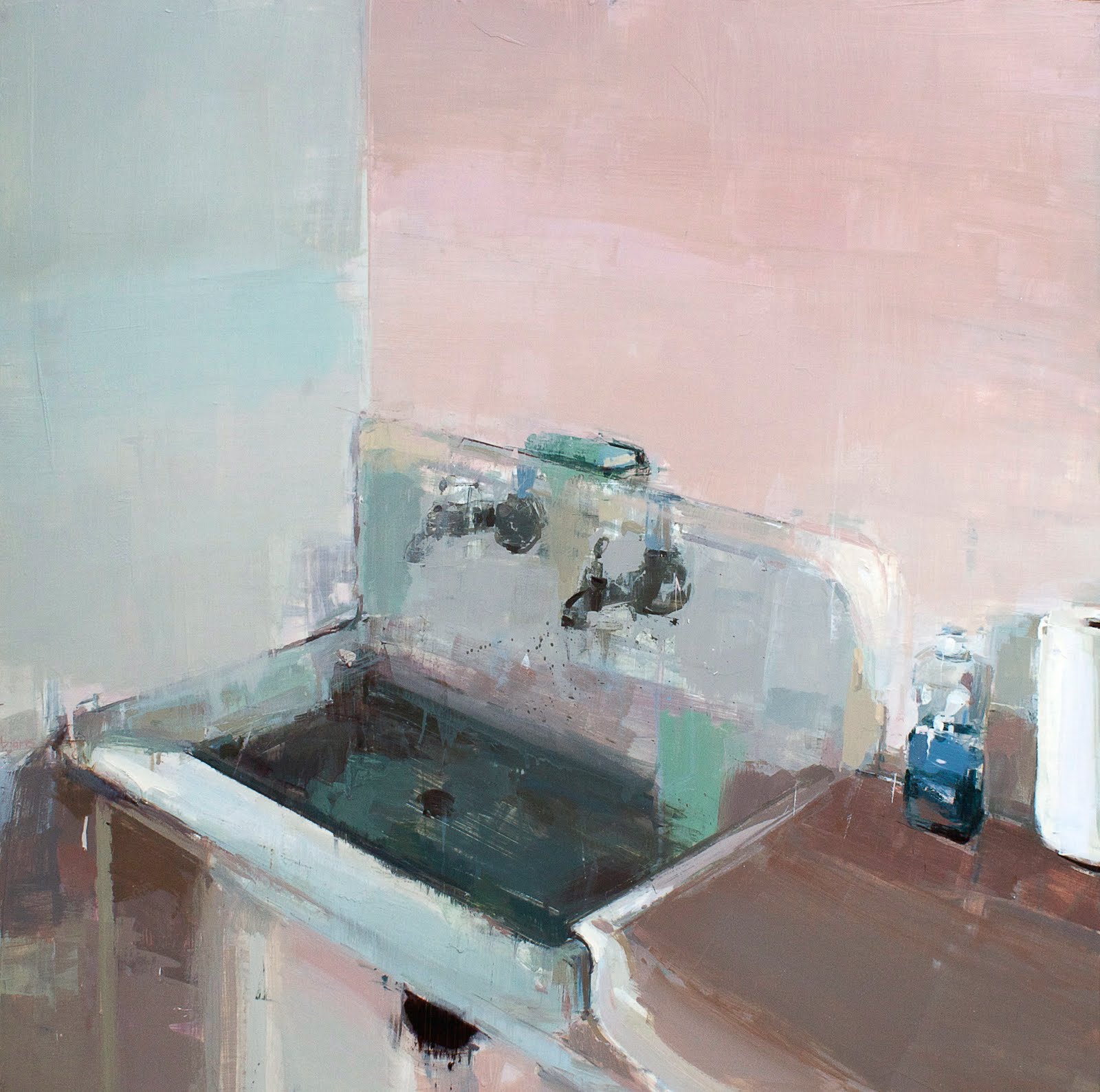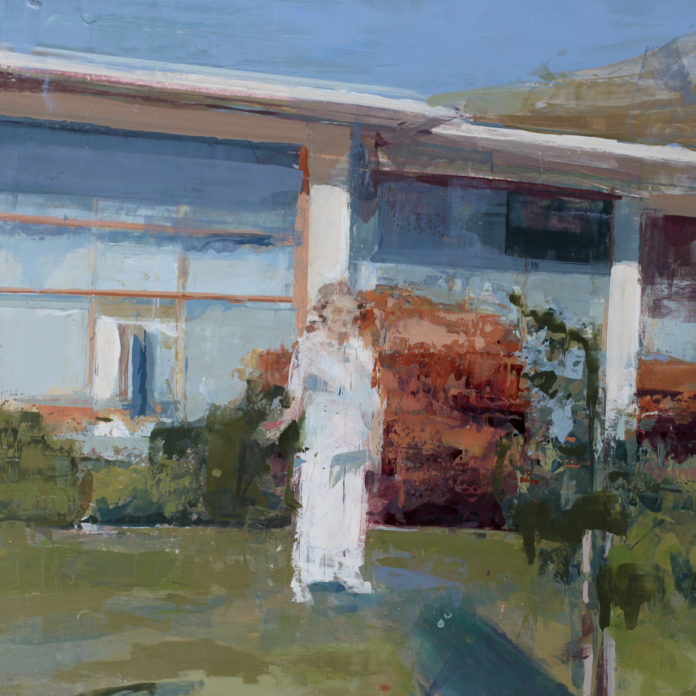A look inside the artistic process of an oil painter
The Process
by Chelsea James
(chelseajames.com)
The process of painting should be exciting, compelling, and engaging. During my college years and a few years after, my painting process was very mechanical and formulaic. But for me it was enough—more than enough; it was challenging and I loved it. But after I had it down—the monochromatic drawing, the color matching, and rendering—I became bored.
Boredom can be used as a very powerful tool when creating because it can encourage you to take risks. I decided that if I was going to keep painting—for me and no one else—I needed to change something. So, I placed my usual paintbrushes and medium to the side and went to a painting store. I bought all kinds of tools usually used to putty and paint walls. I tried acrylics, house paints, tempera, rabbit skin glue, and many other unconventional supplies. My break with convention quickly propelled me out of my comfort zone. At first, it was frustrating, but it soon became liberating and I loved my new freedom. I was creating for myself and no one else. To my great surprise, I found that people responded best to the work that I was creating for myself. How ironic and joyous this was!

I begin with a loose, color-patched system. I am not too concerned with the exact color or value; this is just a rehearsal. Once I have the colors thinly laid out (thinned with turpentine), I take a long brush and I begin to draw by mapping out proportions. I do this by using relationships in the landscape or still life. I also use Triangulation. This is where the fun begins. I now make unintentional marks to break up the space and make some mistakes that help keep me from becoming tedious. These mistakes later became opportunities to enrich the painting. I redraw, become a little more specific with my values and colors and then I mess it up again, and so on. Try to think as unconventionally as possible about your process.

For example, if you want to draw a bush on the horizon, or a hundred bushes, think first: How do I want to create it? Personally, I don’t want to tediously paint each individual bush. What if I splat some paint on the horizon or use a string dipped in paint to create a straight line? Or what if I flick my brush to make little dots that give the illusion of receding space? You get the idea. Be creative. You are an inventor. And make it fun, especially if you plan on painting every day in the studio. My space is a total mess, my clothes get paint on them, and my hands are covered, but I don’t care—I’m having fun. With my landscapes, I am using a combination of on-site studies, photos, drawings, and imagination. I let the colors emerge organically without starting with a set color map.

Using this process has breathed life into my paintings. Give it a shot and see where it takes you. Working from life is always best, but if it’s not possible, then use a photo. But you should only do this if you have the knowledge beforehand of working from life.
It is also best to have a good knowledge of the basic foundations: color, value, and drawing. This will give you the freedom to do as you please. Something else that helped me was limiting the size of the brush I use. The smallest brush I use is a 2” art brush, even with my small paintings. This forces me to be decisive and to keep the image abstract for as long as possible.


Take risks and don’t be afraid to lose what you have. It is a very dangerous thing when a painting becomes precious. You become afraid to destroy your precious little painting and then it becomes tedious and overworked. If this happens to you, destroy it by making some unintentional marks, and then have the confidence to redraw and find what was lost. It will be better the second time around. I strive to paint with a tight eye and a loose hand. Wouldn’t that be ideal?









I agree with Jamie. As artistes one must not be afraid but keep on discovering and rediscovering. Form is important as long as it is perceptible. As you work you actuate and define space around each element and there is always the consideration of perspective in the totality of the painting. It is a natural thing for one to feel the rhythm in the proportion of size,shape,colours,tone and texture.